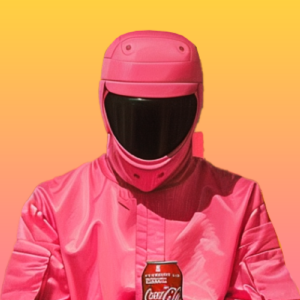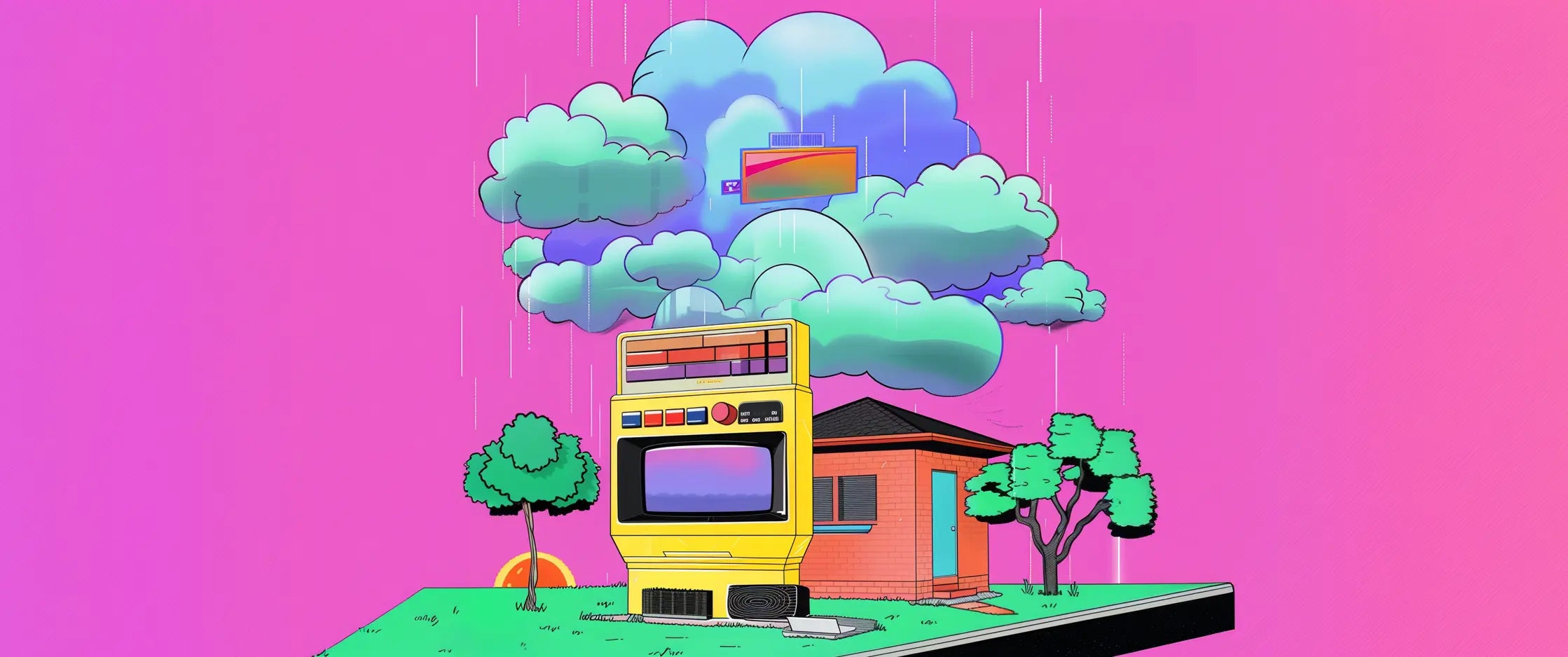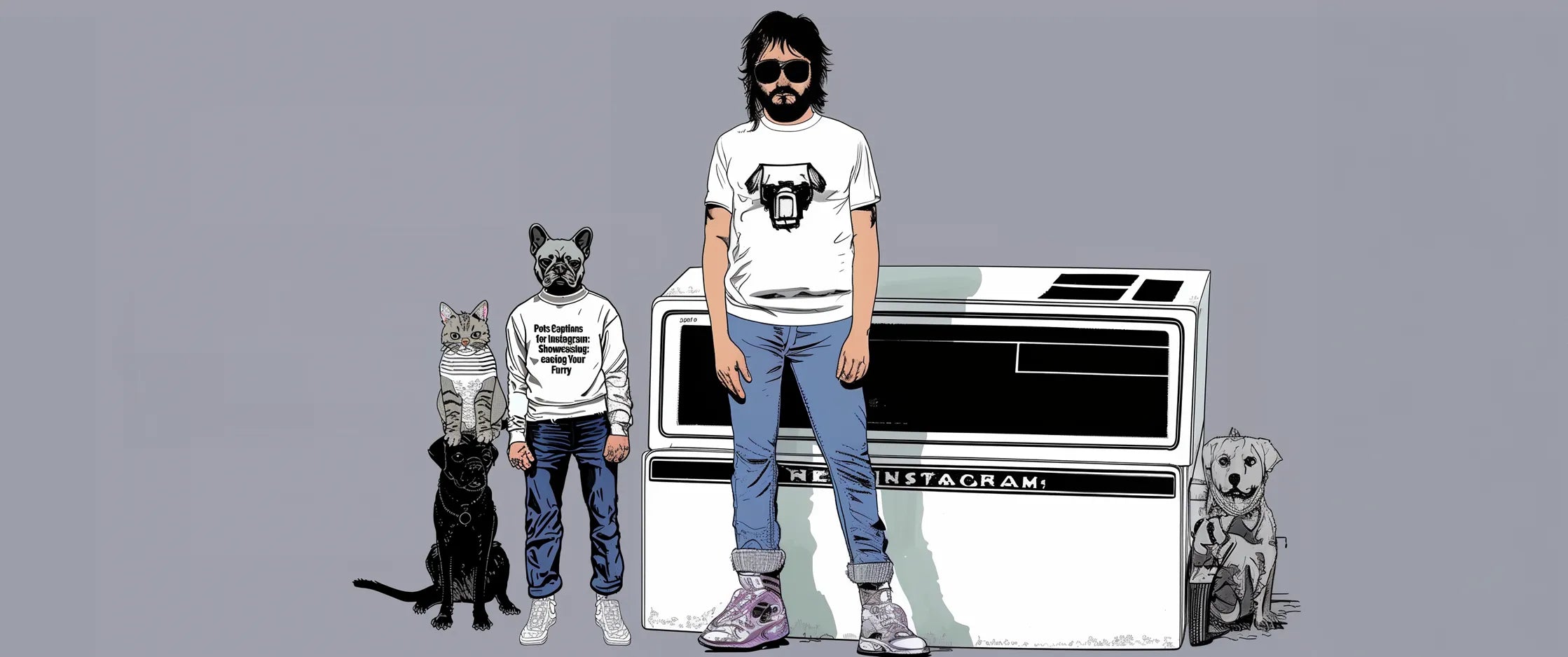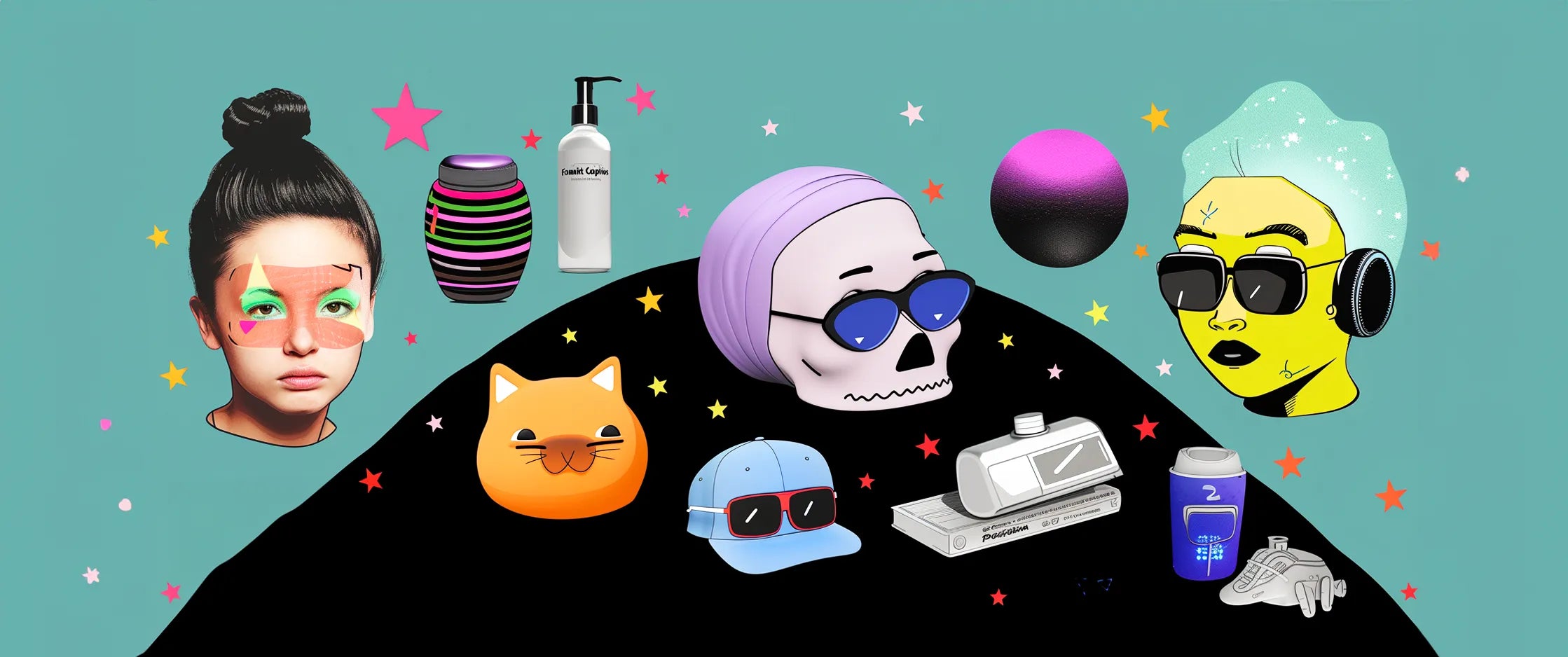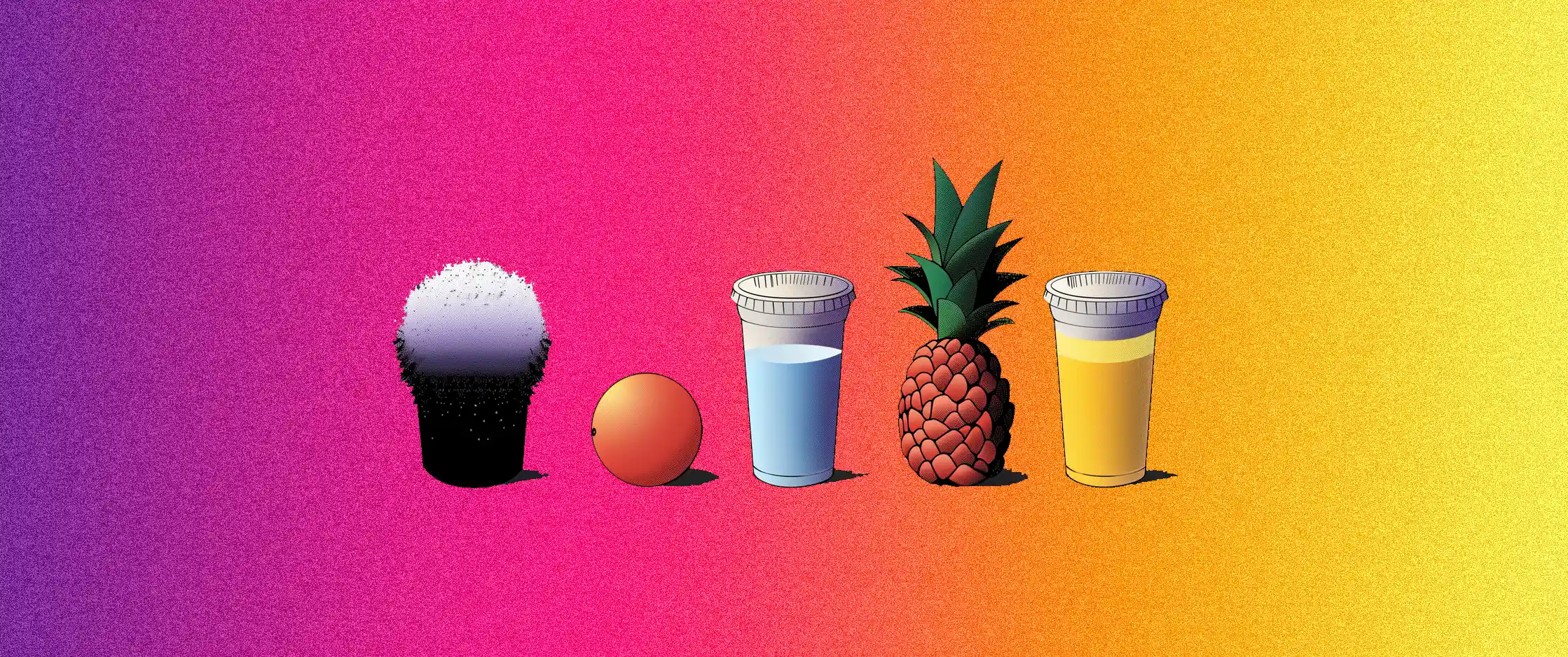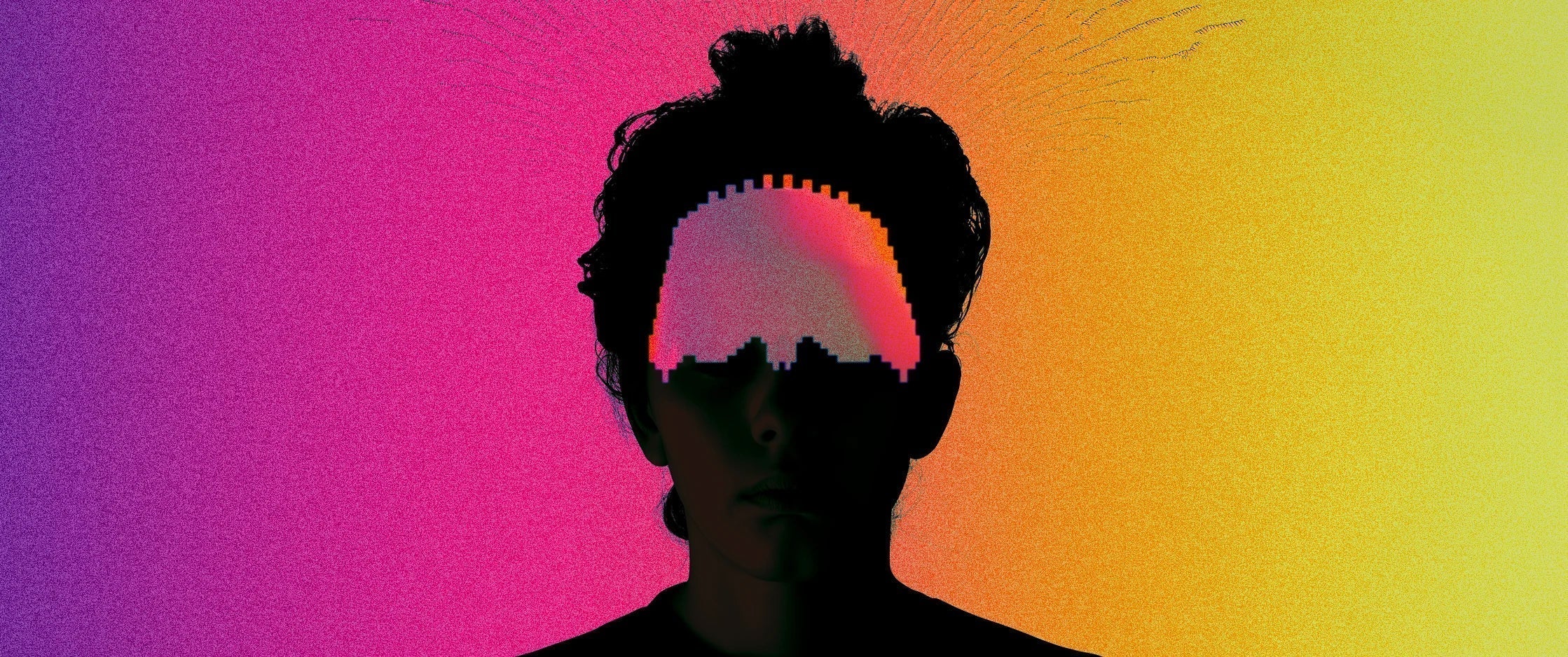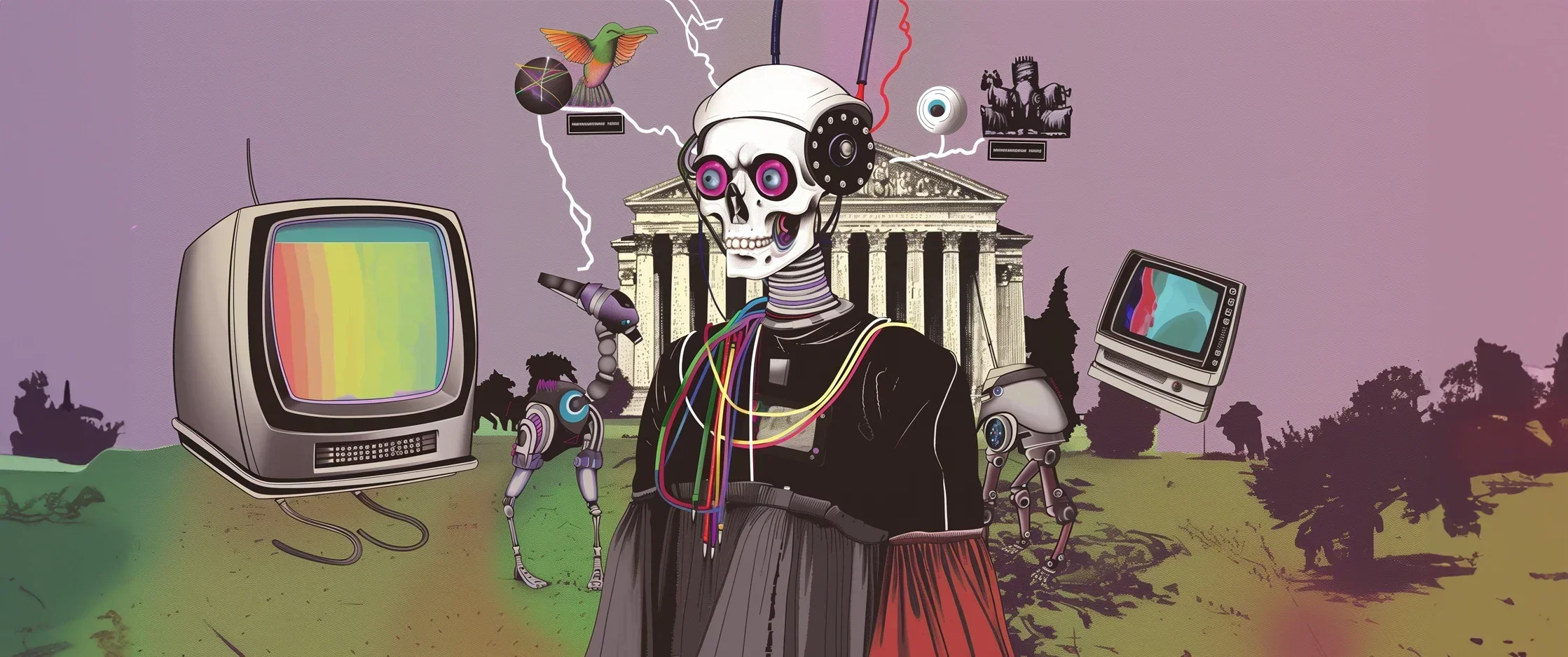The only thing Rap fans love besides Rap itself is arguing about it.
If someone asked you what music you would prefer to listen to if you had headphones glued to your ears for the rest of your life? What would you say?
You can’t even imagine how many people would prefer to play ’90s rap songs.
The 90s rap culture was legendary and still remains popular among millions of people.
Yeah, some people really, actually, seriously believe that hip hop is better today. But come on, isn’t this nonsense?
Sure, the technologies are advanced, and now there’s a lot of free music out there. And this music is good. But it’s the number of tracks posted every day that makes it hard to find some really good music nowadays. The rap culture has changed, and most of the things that were taken for granted at the time are gone. Now, when that era is gone, it becomes obvious how much better it used to be.
You’ve probably heard that ’90s rap music was the golden era for Hip Hop. Artists from the ’90s, like Tupac Shakur, the Wu-Tang clan, Onyx, Lords of the Underground, Biggie Smalls, and many others, have changed the world in some ways through their music.
Let’s take a look at how hip-hop has changed and why exactly 90s rap became so legendary.
It had a message.
The hip-hop style and its musical basis – the rhythmic reading of uncomplicated verses to the accompaniment of a musical instrument that has turned up, rap – began to develop in the 1970s in the United States among African Americans. By the 1980s, hip-hop had become the mainstream culture of the black urban population, which was then a minority in America. Records of black boy bands were filled with social demands and creepy tales about the life of the city slum.
Focusing on socially sensitive topics, hip-hop was a reaction to conservative American politics. Protest lyrics in street language, understandable to African Americans, talked about life in the wild and in prison, about crime and religion, about a big country and the small happiness. You can find it there. Black guys hung with Gold embodied a real American dream: the stars of hip-hop were becoming role models of how the guy from the poor district gnaws out of the cruel world his first million.
In ’82, Grandmaster Flash & The Furious Five recorded a track, The Message. It is believed that in this song, for seven minutes, the whole truth is told about the hardships of the life of black youth, who are trapped with drugs, prostitution, prison, and early death in the slums of New York.
The authors were justifiably proud that they did not hide the bitter truth: The Message, each verse of which ended with the refrain “Don’t push me\’Cause I’m close to the edge,” quickly took fourth place on the Billboard charts (they were called Hot Black Singles at the time).
Rap in the period from 1986 to 1997 can be described by three adjectives – innovative, bold, and timely. It was then that the whole multifaceted nature of hip-hop as a philosophy, the art of modern times, and a fashionable trend was fully revealed. The work of the legendary artists at that time showed the full potential of the rap scene, and the artists themselves became the immortal titans of the genre.
The most fruitful for rappers was the first half of the 1990s.
Yeah, ‘90s rap was incredible, but why was it so much better than what we hear now?
I’ll say it again. Because even though we had and still have a number of movements going on, like #MeToo, and Black Lives Matter, our Top rappers are not focusing on social issues. Modern-day rappers cooperate with big corporations and big labels, and they are afraid to lose the money flow. The whole point of rap is about showing what’s happening around you, bringing up the disturbing topics of your life, and making the world hear it and then change it. Now they’re afraid of losing all the sponsorships and concert promoters, so they stay quiet.
This’s one of the main (and most disturbing) differences. The industry isn’t the same. It’s not what it was in the ‘90s.
At the same time, now musicians don’t sell their music the way that rappers did in the ’90s. At that time, it was the controversy that helped them draw the attention of younger generations in the suburbs and sell their albums. I’m not mentioning the people who were buying those albums only to burn them during protests.
Though on the other hand, then rappers managed to sell their albums even without that much support. It’s impressive how they kept expressing their thoughts even when nobody really cared and was even against them.
There have been and are rappers who have been focusing on social issues ever since. Still, many of these rappers are not mainstream or hyper-popular, and there are really no mainstream and popular rappers who release singles like Tupac’s ‘Brenda’s Got a Baby’ or ‘Keep Your Head Up’.
At that time, they were releasing those provocative singles as well as «classic» songs that were also really great to listen to. They had some kind of balance that modern artists don’t seem to have.
Earlier it took courage to release this music that focused on major social issues of black people, as politicians of the country were describing rap as some kind of cancer for the young generation.
They knew how to tell their stories.
Back then, artists were real craftsmen and songwriters. The melody was important then; it was just not more important than the story, as it sometimes is now. People like to be aware of where the artists were in space and time. It’s just interesting to hear their story as the artist describes: I’m here, and this is what’s happening to me, and this is what I think about it. Then you could decipher someone’s individuality, someone’s personality. That’s what was great about the ‘90s. Music should always be about emotion and story. There’s a reason you share it as an artist. Hip hop not just improved storytelling, but it perfected it.
Most rappers claimed that they were talking about what they saw. And basically, a lot of the GOAT rappers were discussing grim things, the realities of shanty town life in the age of crack cocaine.
Today there’re five things rappers talk about in their tracks, which are: women, money, drugs, parties, and guns. Even though ’90s rappers also covered those topics, they did not limit themselves to those five topics, and that’s what makes it better.
Before, rap was developing naturally, based on competition and creativity. Now, they jump from one trend to another, from krunk to sing-songy rap, etc. Today hip hop became corporate, as most of the famous worldwide artists are all about money, bragging about drugs and women.

